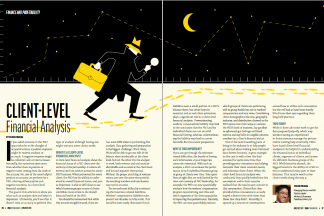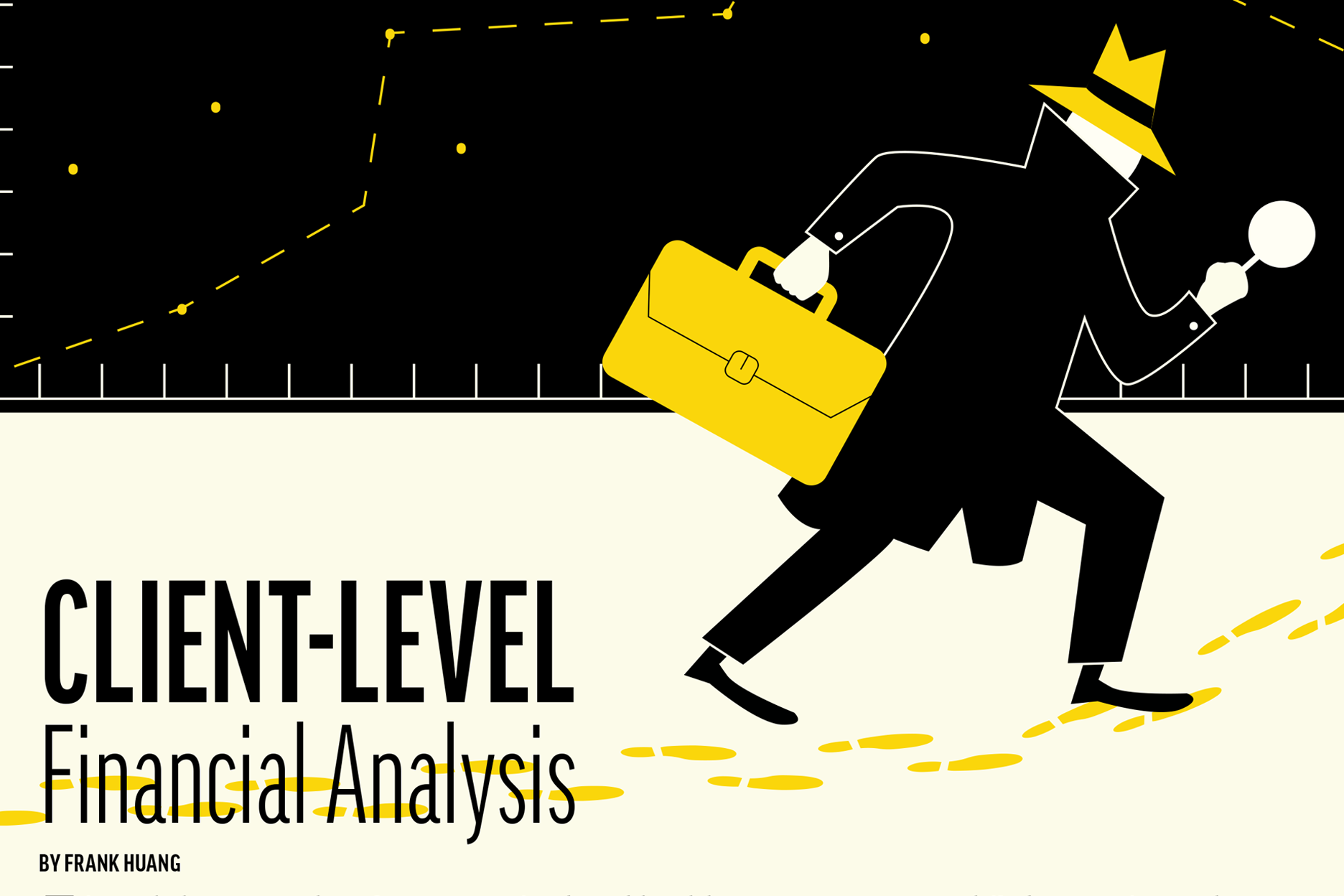NAVIGATING THE SHIFTING SANDS: THE IMPERATIVE FOR MENTORING PROGRAMS WITHIN PEOS
August 2024


The PEO landscape is undergoing rapid and transformative changes driven by technological advancements, evolving workplace dynamics, and a renewed emphasis on diversity and inclusion. In the wake of these changes, the need for effective mentoring programs for employees has become increasingly critical. This article delves into the multifaceted purpose of the “Heavenly Seven” integrating mentoring initiatives.
BIG PICTURE THINKING
In a swiftly changing corporate landscape, big picture thinking is paramount for organizations to stay ahead. Mentoring programs play a pivotal role in fostering this mindset among employees. By pairing mentees with seasoned mentors, organizations create an environment where individuals can gain insights beyond their immediate roles. Mentors guide mentees to understand the broader industry trends, market dynamics, and strategic imperatives. A mentored employee’s better understanding of how their work contributes to the overall goals of the organization is an effect of a forward-looking mentor/mentee relationship. Thus, they can communicate more effectively with one another, share ideas, provide feedback, and work cohesively towards a common goal. This can lead to more efficient processes, fewer misunderstandings, and better outcomes. This holistic perspective cultivates a workforce capable of navigating complexity and contributing to the PEO’s long-term success.
RETENTION IMPROVEMENT
High employee turnover can impede organizational growth and stability. Mentoring programs serve as a powerful tool in improving retention rates. Turnover, incompetence, lost knowledge and a lack of preparation are expensive and inefficient. Through mentorship, employees often develop a sense of loyalty and commitment to the organization. The guidance and support provided by mentors contribute to the mentees’ professional and personal growth, creating a bond that goes beyond job responsibilities. This emotional connection fosters a positive work environment, reducing the likelihood of employees seeking opportunities elsewhere.
CAREER ADVANCEMENT
Mentoring programs play a crucial role in propelling career advancement for employees. As the corporate landscape evolves, the importance of mentorship in career development becomes more pronounced. PEOs emphasizing networking and mentorship create strong professional relationships fundamental for career growth. Mentors are the cornerstone of these environments where employees can connect with seasoned professionals, receive guidance, and expand their professional networks, creating pathways for advancement within the PEO. Together, these tenets form a robust foundation for career advancement within the PEO. Mentors provide guidance on navigating career paths, honing skills, and seizing opportunities for growth. The mentorship dynamic facilitates candid discussions about career aspirations, enabling mentees to set realistic goals and make informed decisions about their professional trajectories.
ENHANCED CONNECTIVITY AND EMPATHETIC RAPPORT
In a dynamic corporate environment, fostering strong connections among employees is essential. Mentoring programs contribute to building a culture of collaboration and mutual support. The mentor-mentee relationship encourages open communication, creating a space where individuals feel heard and valued. This allows employees to identify opportunities to add value, anticipate challenges, and make informed decisions that align with the PEO’s long-term goals and values. This empathetic rapport extends beyond professional matters, fostering a sense of belonging and camaraderie within the organization.
INCREASED EMPLOYEE DIVERSITY AND REPRESENTATION
Achieving diversity and inclusion is a priority for modern organizations. Mentoring programs can be instrumental in promoting diversity by creating opportunities for underrepresented employees to access guidance and support. By intentionally pairing mentors and mentees from diverse backgrounds, organizations can break down barriers, challenge biases, and create a more inclusive work environment. Mentors are to encourage employees to work together and share ideas, which can lead to more creative solutions and better outcomes. Diverse perspectives can also challenge assumptions and push teams to consider different possibilities. This not only enhances representation but also enriches the organizational culture with diverse perspectives which brings clarity; clarity brings understanding and understanding, acceptance.
ACCELERATED KNOWLEDGE SHARING
In a rapidly adaptive PEO, knowledge is a valuable asset. Mentoring programs facilitate the efficient transfer of knowledge from experienced employees to those eager to learn. This accelerates the onboarding process for new hires and ensures that institutional knowledge is preserved and disseminated. As technology and industry standards evolve, this knowledge-sharing mechanism becomes crucial for maintaining organizational agility and competitiveness. When mentors align their mentorship with core strategy and vision, they are better able to align their actions with the overall strategy and vision of the organization. This leads to unification of values and culture within the PEO, which in turn leads to better performance and success.
UPSKILLING/RESKILLING EMPLOYEES
The need for upskilling and reskilling has become imperative in the face of technological advancements and evolving job requirements. Mentoring programs provide a structured framework for employees to enhance their skills. Mentors, often possessing valuable industry insights, guide mentees in identifying relevant skills and competencies. This personalized approach to learning ensures that employees remain adaptable and equipped to meet the demands of a pointed and client driven success model. Mentors can provide training for mentees several levels higher than their current role. This has the benefit of broadening the perspective of the mentee and teaching additional considerations needed to manage priorities that are beyond what they would normally experience. This form of experiential learning reinforces the explanation of the big picture and is a catalyst for succession planning.
The mentor enhances this process by asking good questions, pushing the employee to look inside themselves for the answers and any personal biases or assumptions that may obfuscate their success, thus deepening capacity and broadening awareness. As such this enables the mentee to consider the larger context of a situation or problem, connect various factors and perspectives, and understand how they interact to shape the overall outcome. As such, the integration of mentoring programs is not just a strategic choice but a necessity. These programs serve as catalysts for the big picture thinking that drives a highly competitive and consolidated workforce. As PEOs embrace and adapt to the evolving professional landscape, investing in mentoring initiatives becomes a proactive measure to cultivate a resilient, skilled, and diverse workforce capable of thriving in the face of change.
-
SHARE
- Copy to clipboard




